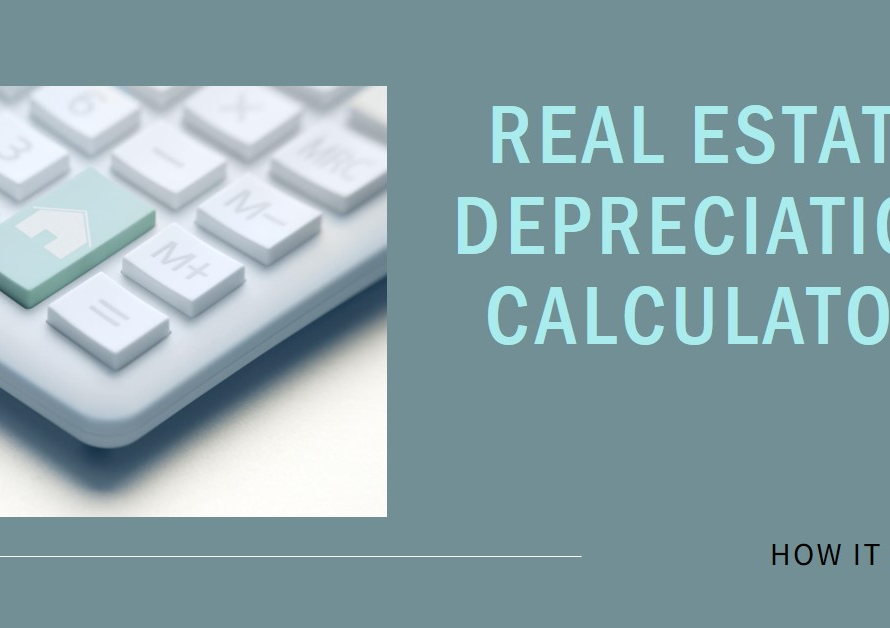
Table of Contents
- The Evolution of Environmental Design in Print Media
- Pioneers in Environmental Design Publications
- Green Building and Design: A Contemporary Approach
- Dwell: Bridging the Gap Between Design and Sustainability
- Metropolis: Urban Sustainability at the Forefront
- Eco-Structure: Engineering Sustainable Solutions
- Environmental Design + Construction: Integrating Disciplines
- Azure: Innovating for a Sustainable Future
- Architectural Digest: Luxury Meets Sustainability
- Interior Design: Sustainable Spaces
- Conclusion: The Role of Magazines in Promoting Environmental Design
The Evolution of Environmental Design in Print Media
In the realm of environmental design, print media has played a crucial role in shaping public perception and advancing industry standards. Over the years, magazines dedicated to environmental design have evolved, reflecting the growing awareness and importance of sustainable practices. These publications serve as vital resources for professionals, students, and enthusiasts alike, offering insights into the latest trends, innovations, and challenges in the field.
Initially, environmental design magazines were niche publications, catering to a small, specialized audience. However, as the environmental movement gained momentum, these magazines expanded their reach, attracting a broader readership. Today, they are indispensable tools for anyone committed to creating a sustainable future through thoughtful design.
Pioneers in Environmental Design Publications
One of the earliest and most influential magazines in this domain is Architectural Record. Established in 1891, this publication has consistently highlighted the intersection of architecture and environmental sustainability. Through its in-depth articles, case studies, and expert opinions, Architectural Record has paved the way for other magazines to follow.
Another pioneer is Landscape Architecture Magazine (LAM), which has been around since 1910. LAM covers a wide range of topics, from urban planning to ecological restoration, making it a comprehensive resource for landscape architects. The magazine’s commitment to promoting sustainable practices has inspired many in the field to adopt greener approaches in their projects.
Green Building and Design: A Contemporary Approach
Green Building & Design (gb&d) stands out as a contemporary magazine dedicated to sustainable building practices. Founded in 2009, gb&d has quickly become a go-to resource for professionals in the construction and design industries. The magazine covers a variety of topics, including green technology, sustainable materials, and innovative design solutions.
What sets gb&d apart is its emphasis on real-world applications and success stories. Each issue features detailed profiles of projects that exemplify best practices in environmental design. By showcasing these examples, gb&d inspires readers to incorporate sustainable principles into their own work.
Dwell: Bridging the Gap Between Design and Sustainability
Dwell magazine offers a unique perspective by blending modern design with sustainable living. Since its inception in 2000, Dwell has championed the idea that good design can also be environmentally responsible. The magazine’s content ranges from home tours and product reviews to expert advice on sustainable practices.
Dwell’s appeal lies in its accessibility. While it caters to design professionals, it also attracts a broader audience of homeowners and design enthusiasts. This wide reach helps to disseminate sustainable design principles to a larger segment of the population, fostering a culture of environmental consciousness.
Metropolis: Urban Sustainability at the Forefront
Metropolis magazine focuses on urban design and architecture, with a strong emphasis on sustainability. Founded in 1981, Metropolis has established itself as a leading voice in the discourse on urbanism and environmental responsibility. The magazine explores how cities can be designed to promote sustainability, resilience, and well-being.
Metropolis delves into various aspects of urban sustainability, from green infrastructure to smart city technologies. By addressing the complex challenges facing urban environments, the magazine provides valuable insights for architects, planners, and policymakers striving to create more sustainable cities.
Eco-Structure: Engineering Sustainable Solutions
For those in the engineering and construction sectors, Eco-Structure magazine is an essential read. This publication focuses on the technical aspects of sustainable design, offering in-depth analyses of building systems, materials, and technologies. Eco-Structure is known for its rigorous approach, providing readers with the information they need to implement sustainable solutions in their projects.
Eco-Structure’s content is highly practical, with articles that address real-world challenges and offer actionable solutions. The magazine’s emphasis on engineering excellence and environmental stewardship makes it a trusted resource for professionals committed to sustainable design.
Environmental Design + Construction: Integrating Disciplines
Environmental Design + Construction (EDC) magazine takes a multidisciplinary approach to sustainability. Launched in 1997, EDC covers a wide range of topics, including architecture, interior design, landscape architecture, and engineering. The magazine’s holistic perspective reflects the interconnected nature of environmental design, where multiple disciplines must work together to achieve sustainable outcomes.
EDC’s articles often feature collaborative projects that demonstrate the benefits of an integrated approach. By highlighting the synergies between different fields, the magazine encourages professionals to adopt a more comprehensive view of sustainability.


Azure: Innovating for a Sustainable Future
Azure magazine is known for its focus on contemporary design and innovation. Since its founding in 1985, Azure has covered cutting-edge projects and emerging trends in architecture and design. The magazine’s commitment to sustainability is evident in its coverage of green technologies, eco-friendly materials, and sustainable design practices.
Azure’s content is forward-looking, showcasing innovations that have the potential to shape the future of environmental design. The magazine’s emphasis on creativity and experimentation inspires readers to push the boundaries of what is possible in sustainable design.
Architectural Digest: Luxury Meets Sustainability
Architectural Digest (AD) may be best known for its coverage of luxury homes and high-end design, but the magazine has also made significant strides in promoting sustainability. In recent years, AD has featured numerous projects that integrate environmental design principles into luxurious settings. This juxtaposition of luxury and sustainability demonstrates that high-end design can also be eco-friendly.
AD’s influence extends beyond its readership of design professionals and affluent homeowners. By showcasing sustainable luxury, the magazine helps to elevate the status of green design, making it aspirational and desirable.
Interior Design: Sustainable Spaces
Interior Design magazine is a leading publication in the field of interior design, and its commitment to sustainability is evident in its content. The magazine covers a wide range of topics, from eco-friendly materials and furnishings to sustainable design strategies for commercial and residential spaces. Interior Design’s focus on sustainability helps to raise awareness among interior designers about the importance of creating environmentally responsible interiors.
The magazine’s articles often feature innovative projects that demonstrate how sustainable design can enhance the functionality and aesthetics of interior spaces. By highlighting these examples, Interior Design encourages its readers to prioritize sustainability in their work.
Conclusion: The Role of Magazines in Promoting Environmental Design
Magazines focused on environmental design play a crucial role in advancing the field and promoting sustainable practices. By providing valuable information, showcasing exemplary projects, and fostering a culture of innovation, these publications help to shape a more sustainable future. As the importance of environmental design continues to grow, these magazines will remain essential resources for professionals and enthusiasts alike, guiding them towards a more sustainable and resilient world.


